Staying active as you age is crucial for maintaining your health and independence. Regular exercise can help reduce the risk of chronic diseases, improve balance and flexibility, and boost mental health. It doesn’t take hours at the gym—just a bit of daily movement can make a big difference.
For those over 60, the right workout routine includes a mix of strength training, flexibility exercises, and balance activities.
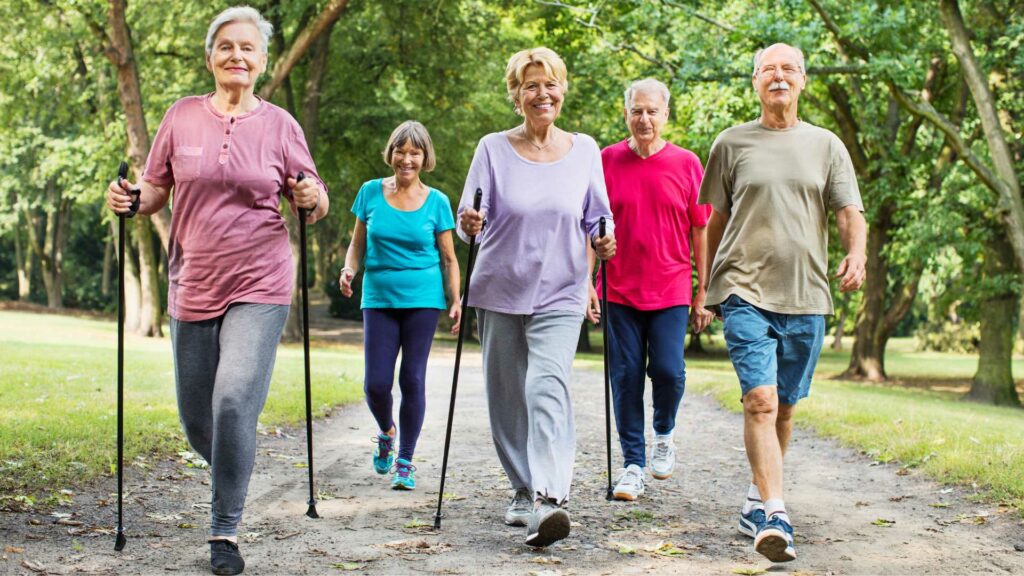
Simple activities like walking, stretching, and bodyweight exercises can help keep muscle mass and joint mobility. Plus, many resources, from online videos to community classes, make it easy to start.
Don’t worry if you haven’t been active lately. There are plenty of beginner-friendly exercises and gentle routines specifically designed for seniors. You’ll find yourself feeling more energetic and confident in your daily life.
Key Takeaways
- Regular exercise is essential for health after 60.
- Mix strength, flexibility, and balance activities for best results.
- Many beginner-friendly resources are available to help you start.
Understanding Exercise for Seniors

Exercise is important for seniors because it helps improve mobility, balance, and overall fitness. Regular activity can boost your health and reduce common barriers like limited mobility.
Benefits of Regular Activity
Regular physical activity offers many benefits.
- Consistent exercise improves mobility, making daily tasks easier.
- Balance exercises help prevent falls, which are a common risk for seniors.
- Exercise encourages better cardiovascular health, reducing the risk of heart disease.
Additionally, being active can enhance your mental health. Exercise often boosts mood and reduces feelings of anxiety or depression, a common concern as we age.
Remember, keeping fit doesn’t have to be strenuous—a simple walk or stretching makes a difference.
Common Barriers and Solutions
To stay consistent with your routine, finding fun and engaging activities like walking, group classes, or dancing can be a game-changer. Learn more about staying inspired and motivated in How to Stay Motivated to Working Out.
Starting an exercise routine can be challenging. Limited mobility can make some activities hard to perform. To address this, choose low-impact exercises like swimming or chair yoga. These activities can improve fitness without stressing your joints.
Another barrier is a lack of motivation. To stay motivated, try joining a group class or finding a workout buddy. It’s often easier to stick with your routine when you have support.
Safety concerns may also keep you from exercising. Consult your physician before starting any program to ensure your chosen activities are safe for you.
Safety Tips and Precautions
Walking is not only a great way to stay active but also a wonderful opportunity for social connection. Explore how walking with your grandkids can enhance both your health and your family bonds in The Benefits of Walking with Your Grandkids: Building Bonds and Staying Active.
Safety is crucial when exercising. Talk to your doctor before starting any new exercise routine. They can advise on what is best suited for your health conditions. Wear comfortable clothing to prevent injuries and help you move easily.
When exercising, listen to your body. Stop any activity that causes pain or discomfort. Stay hydrated; drink water before, during, and after your workout. It’s also wise to warm up before and cool down after exercising. These steps can help prevent injury and make your routine more effective.
If you’re new to exercise, start slowly and gradually increasing the intensity of your workouts. This can help you avoid straining your muscles and joints.
Getting Started with Exercise

Starting an exercise routine can be exciting and beneficial for seniors over 60. It’s important to consult health professionals, create a sustainable routine, and choose the right equipment.
Consulting with Health Professionals
Before beginning any exercise program, talking to your doctor is crucial. A medical professional can help you understand any limitations you might have. They can also suggest what exercise is safest for your specific needs.
Sometimes, they refer you to a physical therapist or a fitness coach. This ensures that you start off on the right foot with personalized guidance, which can help prevent injuries and make your fitness journey enjoyable.
Creating a Sustainable Routine
When creating a routine, start slow and choose activities you enjoy. Consistency is key, so aim for sessions that fit easily into your schedule. For beginners, doing 30 minutes of exercise, like walking or light stretching, a few times a week is a good start. You can gradually increase the intensity and duration as you become more comfortable.
Mix in different types of activities, such as strength training and flexibility exercises, to keep things interesting. Remember, the goal is to make physical activity a regular part of your life.
Selecting Appropriate Equipment
Choosing the right equipment is essential for safety and effectiveness. Simple gear like comfortable shoes and light hand weights are sufficient for many beginners. Resistance bands are also a great option for strength exercises without the bulk of heavy weights.
A stable chair or a wall for support can be very helpful if you’re doing balance exercises. Some may prefer to invest in equipment like exercise bikes or treadmills, which are useful for home workouts. Always make sure the equipment is in good condition to avoid any accidents.
Exercise Types and Recommendations
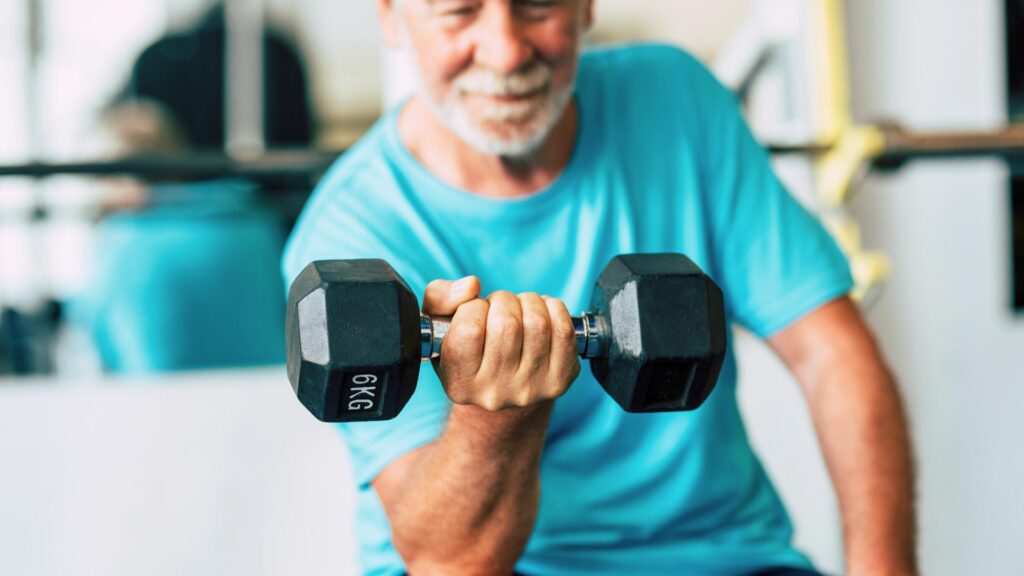
Staying active in your 60s and beyond can improve mobility, balance, and overall health. Different kinds of exercises can help address various aspects of your physical well-being.
Cardiovascular Exercises
Cardiovascular exercises are essential for heart health and maintaining a healthy weight. Activities like brisk walking, cycling, and swimming can raise your heart rate and boost your endurance. Aim for at least 150 minutes of moderate-intensity cardio each week.
Consider low-impact options like water aerobics to reduce stress on your joints. Dancing and Zumba classes can also be enjoyable ways to stay active and social. Remember to start slowly and gradually increase the intensity of your workouts.
Strength Training Workouts
Strength training helps maintain muscle mass and bone strength. Resistance bands, dumbbells, or body-weight exercises can be very effective. Focus on exercises that target all major muscle groups, including your legs, arms, and core.
Try to perform strength training exercises at least twice a week. Chair squats, bicep curls, and wall push-ups are great starters. Ensure you maintain proper form to avoid injury and increase repetitions as you become stronger.
Flexibility and Balance Exercises
Flexibility and balance exercises can help prevent falls and improve your range of motion. Regular stretching routines can keep your muscles long and flexible. Yoga and Tai Chi are excellent for enhancing flexibility and balance.
Simple exercises like heel-to-toe walking or standing on one foot can improve your balance over time. Stretching your shoulders, back, and legs daily can keep your joints limber and make everyday activities easier.
Incorporate stretching into your daily routine, especially after workouts, to prevent stiffness. Staying balanced and flexible will help you move more confidently in your daily life.
Follow-Along Exercise Resources

Many resources are available to help seniors follow along with exercises at home. These include YouTube channels, workout videos, and downloadable workout guides.
YouTube Channels and Videos
YouTube offers many channels that cater to senior fitness.
Workout With Granpa is one popular channel that provides a variety of workout videos specifically for older adults. The videos focus on strength, balance, and flexibility. You can subscribe to the channel for free to get updates on new videos.
Another great choice is Senior Fitness with Meredith, which has exercise routines ranging from seated workouts to more challenging standing exercises. These videos are designed to be easy to follow and safe, often requiring minimal equipment.
The National Institute on Aging also has a YouTube channel with exercise videos tailored for seniors. These videos emphasize safe practices and proper form to prevent injuries. They include warm-up, cool-down, and various intensity levels to suit different abilities.
Downloading Workout Guides
If you prefer printed workout guides, there are several options available. The National Institute on Aging offers a toolkit with downloadable exercise guides that focus on different aspects of fitness, such as strength, balance, and flexibility.
Another resource is Healthline, which provides detailed exercise plans designed by fitness experts that you can print and follow at home. These plans often include pictures and step-by-step instructions.
You can also download workout guides from fitness websites like HASfit. These websites offer free and paid plans that can be customized based on your fitness level and goals. These guides can be a handy reference to ensure you’re doing exercises correctly, helping you stay active and healthy.
Keeping Exercise Engaging
To make exercise enjoyable for seniors over 60, incorporate social activities and set achievable goals. This helps maintain motivation and fosters a sense of community.
Incorporating Social Elements
Joining a group or class adds a social element to your workout routine. Regularly attending sessions with a coach can turn exercise into a fun social event. Look for local community centers or fitness clubs offering classes for seniors. Membership in these programs often provides added benefits, such as access to various activities and events.
Walking clubs and dance classes are great options. These activities keep you active and allow you to make new friends. Engaging with others can make exercise feel less like a chore and more like a fun outing. Participating in a group setting can boost your mood and give you something to look forward to each week.
Setting Achievable Goals
Setting realistic and achievable goals is essential. Focus on small, manageable targets instead of overwhelming yourself with large ambitions. For example, start with a goal of walking for 15 minutes a day and gradually increase the duration as you build stamina.
Tracking progress helps you stay motivated. Keeping a journal or using an app can help monitor improvements. Celebrate your achievements, no matter how small they might seem. This positivity can keep you motivated and focused on your health journey.
A coach or trainer can help set and adjust your goals based on your progress. They can also provide personalized advice, ensuring your routine remains effective and safe. With achievable goals, exercise can become a rewarding and enjoyable part of daily life.
Frequently Asked Questions
Regular physical activity is important for seniors to maintain strength, flexibility, and balance.
Below, you’ll find answers to common questions about exercising after age 60, including the best types of exercises and safety tips.
What are the best types of exercises for seniors above the age of 60?
Low-impact activities such as walking, swimming, and cycling are excellent for seniors. These exercises reduce the risk of injury while still building cardiovascular health. Strength training with light weights or resistance bands helps maintain muscle mass, while yoga and tai chi improve balance and flexibility.
Can seniors over 60 safely perform resistance training with weights?
Yes, seniors can safely perform resistance training. Start with lighter weights and gradually increase as strength improves. Focus on proper form to avoid injury. Working with a trainer or physical therapist can provide guidance and ensure exercises are performed safely.
What are some effective home exercise routines for people over 60?
Home routines can include bodyweight exercises like squats, lunges, and push-ups. Stretching exercises and yoga can also be done easily at home. Using resistance bands or small dumbbells can add variety. Staying consistent with a routine helps maintain mobility and strengthen muscles.
How does the approach to physical activity differ for seniors over 70 or 75?
For those over 70, it’s important to focus more on balance and flexibility to prevent falls. Activities like tai chi and gentle stretching have become more crucial. Strength training should continue, but emphasize lighter weights and higher repetitions to reduce joint strain.
What are the recommended exercise guidelines for seniors over 80?
Seniors over 80 should aim for regular light physical activity, such as walking or simple stretching exercises, for at least 30 minutes on most days. Balance and coordination exercises should also be included. Consulting with a healthcare provider to tailor a safe exercise plan is advisable.
When is the optimal time for seniors to engage in physical activity during the day?
Morning or late afternoon is often ideal for exercising as energy levels are typically higher and temperatures are cooler. Personal preference and routine will play a role. It is important to choose a time when you feel most energetic and are least likely to have conflicting engagements.
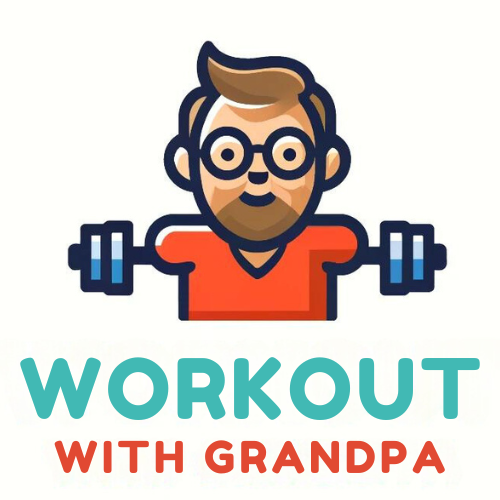
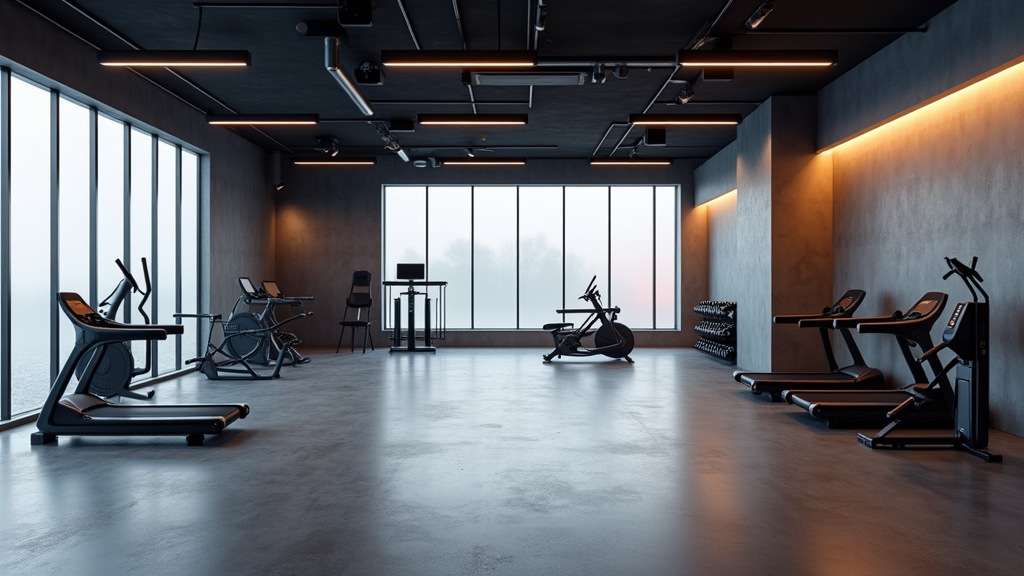

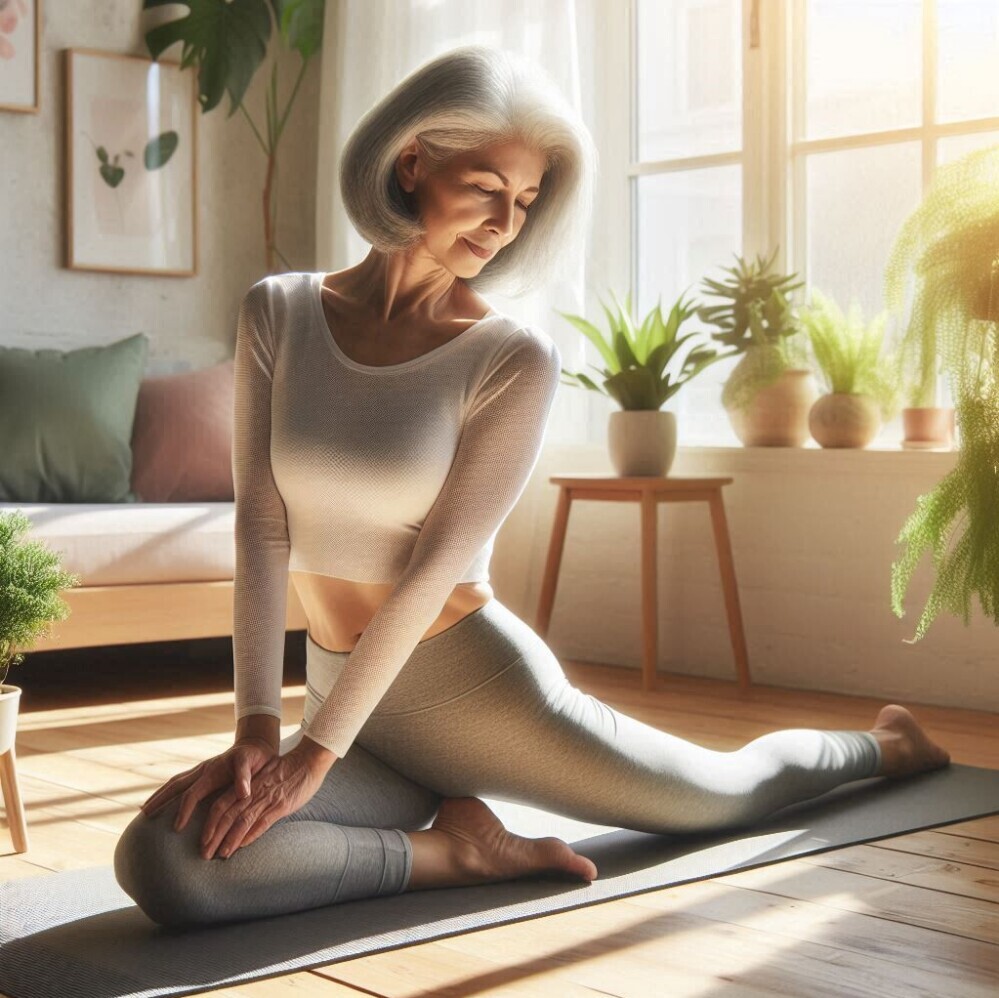

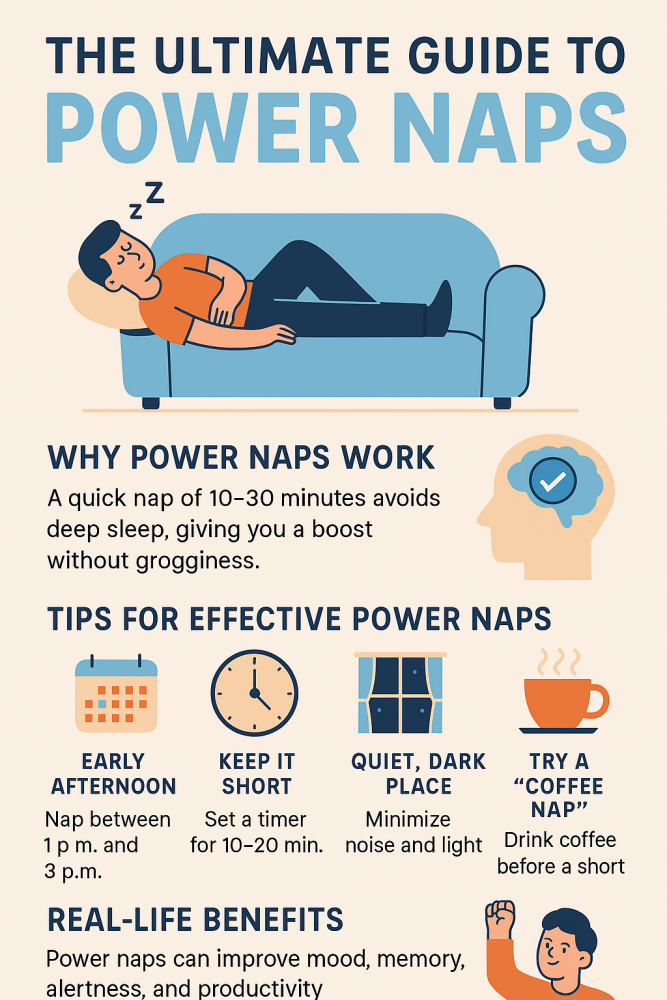

Leave a Reply